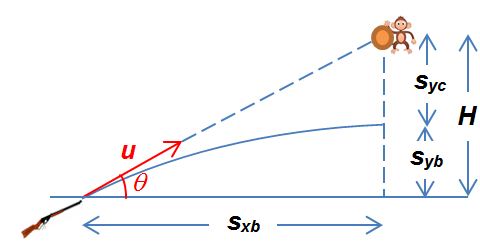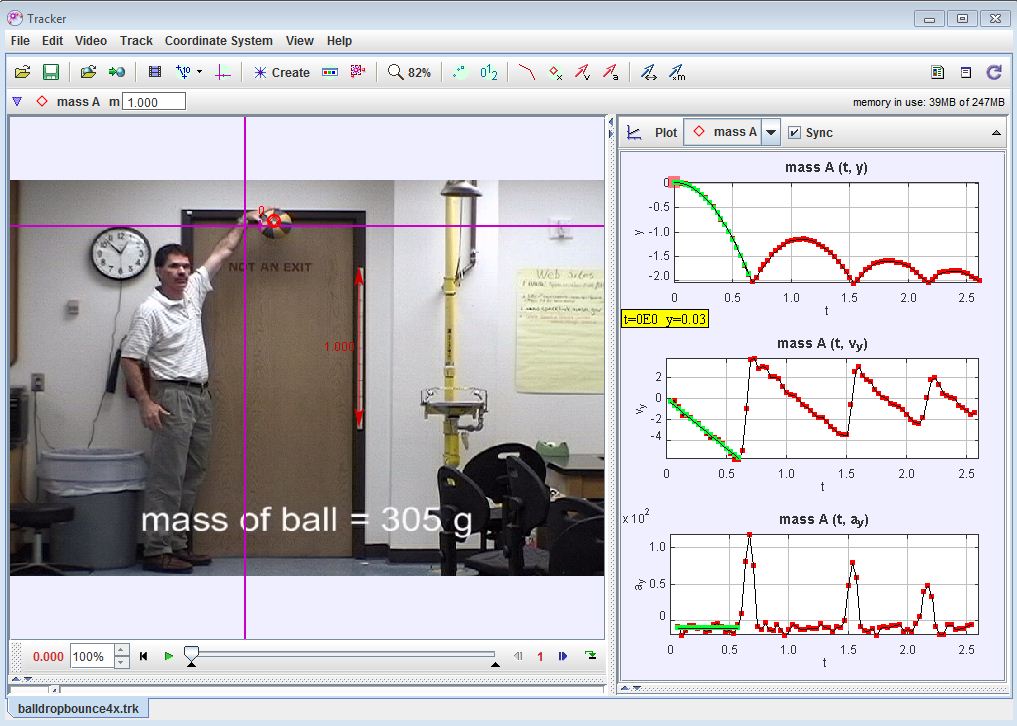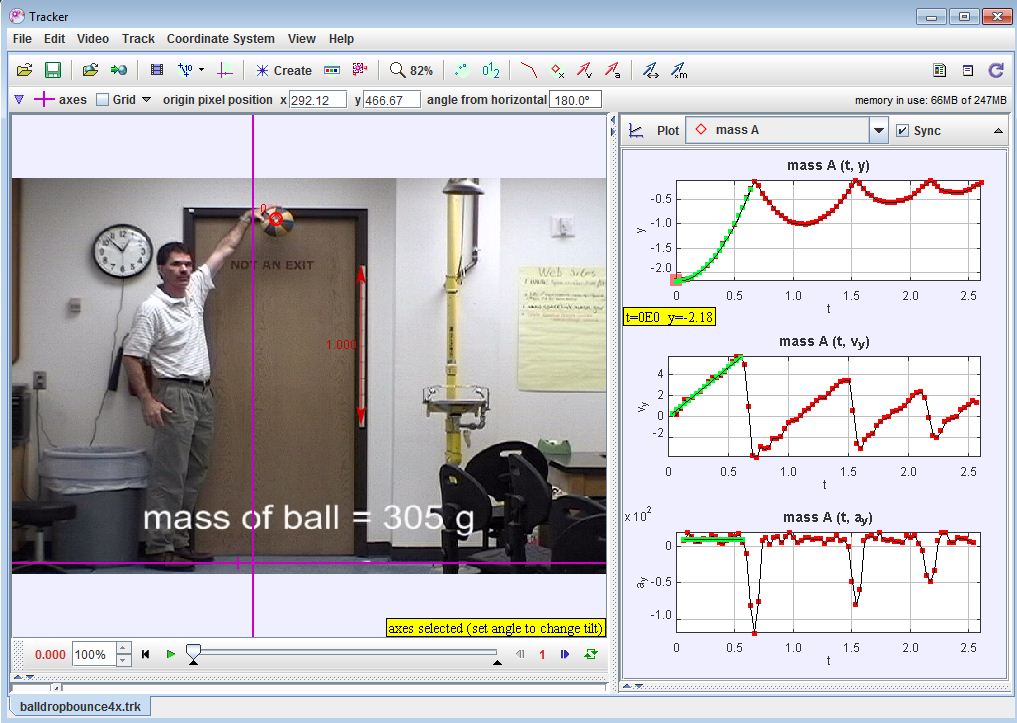A very good explanation of standing waves on Chladni plates. Watch out for the 3-Dimensional standing wave at 3’11”.
This is the Pendulum Clock from the LEGO Education Simple and Powered Machines Set. It can be used to demonstrate the variation of period with length of pendulum and is a very good visual representation of the escapement mechanism.
There are many other models that one can build using this set, including a weighing scale, elastic energy powered car, etc. All with potential for class demonstrations.
You can buy a set from Duck Learning in Singapore at (S$329.75), an exclusive distributor of LEGO Education products in Singapore. If you are purchasing in bulk for your school, you may want to contact them directly for a package deal. You can also purchase them from overseas sites such as Bricklink.com if you can find them at a better price.
For my students: To download the file and video for analysis using Tracker, right-click the file here…
To verify the equation F = ma, where F is the resultant force on an object, m is the mass of the object and a is the acceleration, this is one of the ways to do so:
Equipment:
1. Motion Sensor
2. Datalogger
3. Cart with variable mass
4. End Stop
5. Pulley with clamp
6. Hanger Mass Set
7. String (about 1.2 m)
For a system of a cart of mass M on a horizontal track that is connected to a hanging mass m with a string over a pulley, the net force F on the entire system (cart and hanging mass) is the weight of hanging mass. F = mg (no friction assumed).
According to Newton’s Second Law, mg = (M+ m)a. We will try to prove experimentally that this is true in the video below.
The following is a question (of a more challenging nature) posed to JC1 students when they are studying the topic of kinematics.
A gun is aimed in such a way that the initial direction of the velocity of its bullet lies along a straight line that points toward a coconut on a tree. When the gun is fired, a monkey in the tree drops the coconut simultaneously. Neglecting air resistance, will the bullet hit the coconut?

It is probably safe to say that if the bullet hits the coconut, the sum of the downward displacement of coconut
This is what we need to prove.
Since
At the same time, the relationship between
Hence,
I’ve used the open-source Tracker software, a video analysis and modeling tool built for use in Physics education, for both my IP3 and JC1 classes this year. Thanks to Mr Wee Loo Kang and his team for enthusiastically introducing this software to the physics teachers of Singapore.
For the IP3 cohort, students were tasked to analyse the movement of any sports-related projectile and to relate the variations in displacement, velocity and acceleration to one another in both dimensions. This was a direct transfer task for the topic of two-dimensional kinematics that they were taught in class. Attempts to explain these variations using the idea of forces were encouraged as well, even though that topic has not be formally introduced yet.
For my JC1 class, I explained the specific example of the bouncing ball using the software, which was useful to show the variation in vertical displacement, velocity and acceleration synchronously with the positions of the ball. I used the resources in the Singapore Tracker Digital Library, search for the following directories: 02_newtonianmechanics_2kinematics > trz > Balldropbounce4x.trk.

It was easier for students to compare the three stages of the movement, namely
Stage A: the way up,
Stage B: the bounce (during which the ball is in contact with the ground)
Stage C: and the way down.
A series of guiding questions such as the following will be useful:
- Is there a difference between the vertical accelerations in stages A and C?
- What do the gradients in the velocity time graph for stages A, B and C represent?
- Identify the turning point of the ball in all 3 graphs. Notice that the acceleration remains at about 10 m s-2.
- How would the graphs look like if the coordinate system / sign convention is changed such that the displacement is defined as zero at the floor and upward is taken to be positive? The effect of this change can be shown by dragging the axes on the video (the two perpendicular purple lines) to the bottom and rotating the horizontal axis 180o; by dragging the short purple line near the intersection.

The following video (sorry, no audio) shows the steps to take to do all the above. Just pause it at any point and rewind if you didn’t catch what I did.
The Planning Question is the last question on Paper 2 of the 9646 H2 Physics paper in the Singapore-Cambridge GCE A-Levels. It carries 12 marks out of 72 in the paper, which lasts 1 hr 45 min. Based on the principle where ratio of marks should be roughly equal to ratio of time allocated, the question should take about 17.5 minutes to complete typically. However the reality is that students tend to spend too much time on the theory questions and more so on the data analysis question which precedes the planning question, leaving insufficient time to properly answer what is arguably the most important question in the paper.
